30 Nov December 2019 Yellowbill
President’s Message
December brings overwintering waterfowl and Christmas Bird Counts (CBC). The Lost Lake CBC is one of several hundred counts that will take place in North America and beyond during December and January. These events contribute important bird abundance data to an international database. Over the years this data has provided researchers with much important information about the health of bird species in North American and beyond. You can learn more about the Christmas Bird Count program at https://birds.audubon.org/conservation/science/christmas-bird-count. You can register to participate in the Lost Lake CBC here.
As Fresno Audubon Society (FAS) continues to grow and improve as an organization, and after receiving member requests, the board has decided to begin issuing annual reports. The new report will include details on financials, membership, board members’ roles, field trips, partnerships and projects. We plan to have the first annual report out by end of January 2020.
FAS applied for two grants from the National Audubon Society in November. We applied for $500 from the Collaborative Grant Program to create a Plants for Birds (P4B) garden. We hope to locate the P4B garden around the bird feeding station near the River Center’s gazebo. We also applied for a larger grant ($4,429) from the Western Water Grants Program to support a coordinator for the Pacific Flyway Shorebird Survey. This latter grant also includes funds for a spotting scope to be used for the surveys and for training. If we are awarded the Western Water grant, we will be reaching out to culturally and and ethnically diverse communities to get broader involvement in our community science projects. Awards will be announced in January 2020.
Audubon California (the state office of National Audubon Society) has worked hard for birds in 2019 and has achieved many significant goals. You can read about these successes in the articles following, which were originally featured in Sarah Rose’s recent email to donors:
|
|
|
|
|
|
|
|
|
|
|
|
|
|
I would like to thank Rachel Clark for joining our board. Rachel is a wildlife biologist and brings excellent birding and leadership skills to FAS. We now have a 9-member board and will be holding elections for officers at the board of directors meeting held 29 December 2019. As I mentioned in last month’s President’s Message, this is my last year as president of Fresno Audubon Society. I will continue as a board member but am termed-out as president. Thank you all for your support over the last 8 years.
Happy birding!
Robert Snow
President
Membership
Membership with Fresno Audubon Society is available for students, for individuals or for families. We also offer a lifetime membership. Your dues will help us pay for our meeting room rental, insurance for field trips, communications and other costs of doing business. Our membership year runs from 1 September to 31 August the following year. To join Fresno Audubon Society or to renew your membership, please visit our website here.
General Meeting
Southeastern Arizona Bird Photography
Gary Woods
Tuesday, 10 December 2019, 7-8 pm
Woodward Park Library
Gary Woods made his first birding trip to Southeastern Arizona in August 2005 when he attended the Southwest Wings birding festival. Since then he’s returned to that area in early August with his camera 11 more times. On December 10th he will present an updated version of the show he first presented to us 6 years ago on birding Southeastern Arizona with some detailed information for those who would like to travel there themselves, as well as some terrific photos of the specialties that draw birders from all over the world to this part of the country. As usual he will be giving away a door prize of one of his pictures at the conclusion of the evening. The meeting will be at the Woodward Park Library starting at 7pm. You can register for the event here.
Birdathon Fundraiser
Fresno and Madera Counties
Sept 15 to Oct 15, 2019
The final results for our birdathon fundraiser are in, and you generously donated $608 during the event to support Fresno Audubon Society. Last year we raised $1,469 or the Birdathon. We think the results were lower this year partly because September is also the month that memberships are due. To avoid this conflict, in future years (beginning in 2021) we will hold our birdathon during March and April to take advantage of both overwintering waterfowl and spring migration.
If you would like to donate to this year’s birdathon it’s not too late! You can either make a sponsorship donation (in an amount of your choosing) or donate per species. If you choose to donate per species ($0.25/species plus $5 for rare species seen in Fresno and Madera counties between 15 September and 15 October 2019), your donation would be for 193 species plus 4 rare species, or $68.25. We appreciate your support.
You may pay by:
- Mailing checks Fresno Audubon Society, P.O. Box 3315, Fresno, CA 93650
- Going online and using the donate button at: fresnoaudubon.org/donate/
Field Trips
Our website has a calendar that allows you to see all the details of upcoming trips as each become finalized. Included in the details is a link to a map showing the meeting point for the trip. The calendar is subscribable, which allows you to integrate it into your electronic calendar. Updates to events will appear as they are made. We encourage you to subscribe. Follow the links within each writeup for more information on destinations and meeting point locations, and to register for the field trip.
New for the 2019-2020 birding season, we have added an event registration page for each outing. This provides trip leaders with the expected number of participants. When you register you also sign our liability waiver, which saves both time and paper. We encourage you to register for any event you plan to attend. Tickets for our events are NOT required.
For those who prefer a simple list of trips, you can view or download the one by clicking here.
December Field Trips
Wednesday 4 December 2019 – Merced NWR with Judy Johnson
Join trip leader Judy Johnson for a different kind of Wednesday Walk. We will visit Merced National Wildlife Refuge late in the day, touring the refuge when the light is best for photography, and then stay for the Sandhill Crane fly-in. Expect to see thousands of geese and cranes, several species of ducks, Tundra Swans, pelicans, and numerous raptors. The Sandhill Crane fly-in at dusk is a magical experience as you watch flight after flight of cooing cranes come to roost. We will meet in front of the River Park Target at 11:45 am for a 12:00 pm departure. We expect to leave the refuge no later than 7:00 pm.
Registration: Please register to attend the field trip here.
Checklist: binoculars, spotting scopes, cameras, jackets, snacks, water, insect repellent, and radios.
Trip Leader: Judy Johnson, jajohn1@comcast.net, (559)977-2787
Map to meeting place:
Saturday 14 December 2019 – Lost Lake Christmas Bird Count with Rachel Clark
The 2019 Lost Lake Christmas Bird Count (CBC) will take place on Saturday, December 14. We will meet at the Lost Lake Park nature trail parking lot at 7:00 a.m.
The Lost Lake CBC is one of several hundred counts that will take place in North America and beyond during December and January. These events contribute important bird abundance data to an international database. Over the years this data has provided researchers with much important information about the health of bird species in North American and beyond. You can learn more about the Christmas Bird Count program at http://birds.audubon.org/christmas-bird-count.
The Lost CBC circle (pictured above) includes Lost Lake Park, Millerton Lake State Park, Friant Bridge, grassland areas of southern Madera County, Rank Island, Ball Ranch parts of the McKenzie Table Mountain Preserve, Woodward Park, Jensen River Ranch, Woodward Lakes, Dry Creek Reservoir, and the northern reaches of Fresno/Clovis.
Participants will be divided into small groups, each responsible for counting in a designated area within the count circle. Checklists will be provided, on which numbers of individual birds and species are marked.
You needn’t be an expert birder to participant in this event. Anyone with a basic knowledge of bird species is encouraged to participate. The more eyes we have in each group, the more birds we are likely to count.
Some groups will be out for the entire day, while others will finish earlier than that. Feel free to join us even if you can only do so for part of the day. Most participants will submit eBird lists of their sightings, but for those who wish to submit paper lists, please meet the compiler (Rachel Clark) at 5:30 p.m. at Denny’s on Blackstone and Herndon. If enough people are interested, we might sit down for a post-count meal.
For more information about this event or to confirm that you will participate, please contact Rachel Clark at 515-357-0122 or tanagergirl@gmail.com.
Registration: Please also register for the event here.
Map to meeting place:
Wednesday 18 December 2019 – Sycamore Island with George Folsom
Sycamore Island in Madera County, just across the river from Fresno, has excellent bird habitat. Uplands, wetlands, ponds, riparian areas and oak groves are found on this preserve of several hundred acres. It is a part of the San Joaquin River Parkway. Cormorants, ducks, mergansers, grebes, raptors, sparrows, finches, quail, gnatcatchers, and many others can be found there.
There are restrooms and picnic tables on this property. We will walk a mile or more on dirt roads, but most of the area is drivable for those who prefer driving. We will meet at the gate to the property. The gate to the property automatically opens when you exit so those who want to leave early can do so. Take H-41 to Children’s Blvd off-ramp north of the San Joaquin River and drive past Children’s Hospital as it becomes Ave 9. Continue on Ave 9 to Rd 40 and turn left. Rd 40 will end at Ave 7 1/2. Go right on 7 1/2 for a few hundred feet, turn left at an open gate and drive toward the river. You will come to another gate where we will assemble.
Registration: Please register for the field trip here.
Checklist: binoculars, scope, field guide, snacks, lunch, water, sunscreen, hat, radios
Trip leader: George Folsom geofolsom@gmail.com, (559)351-7192
Fresno-Madera Birds
by Jeff Davis
Including reports for the period of
October 16 to November 15, 2019
Unexpected this late in the season, a Marbled Godwit
visited the Orange Cove Wastewater Treatment Plant October 22 (ph. CR).
A juvenile Yellow-bellied Sapsucker
at Lost Lake Park October 26 (ph. CC) and October 29 (RS, GF) marked the fifth consecutive winter this species has been detected there.
Providing the second record for Madera County, an adult female Vermilion Flycatcher
along the Madera Canal near Road 400 October 31 (ph. RS) was at the same location where a female was found in November 2017.
A Scaly-breasted Munia
at the Jayne Travel Center at W Jayne Ave and I-5 November 13 (ph. NA) and November 14 (LH) provided the first record of a “wild” bird for Fresno County. Scaly-breasted munia, also known a Nutmeg Mannikin and Spice Finch, is native to southern tropical Asia. A popular cage bird, escaped or released individuals have become established and are breeding in the wild in many parts of the world and the United States. The species has been established in Southern California since at least 1988, and it has since become abundant in some places along the California coast from the southern Bay Area to San Diego. Due to its persistence and ubiquity in the wild, it was added to the California state list and the American Birding Association’s checklist of North American birds. It is not likely to become established in our area, however, as it is adapted to more humid climates.
A Western Tanager
that called near Champlain Ave and Ft Washington in northeast Fresno November 12 (RC) was noteworthy as we average less than one report per winter.
Cited Observers: Noah Arthur, Cory Chen, Rachel Clark, George Folsom, Lynn Hemink, Chris Rempel, Rick Saxton, ph. = photographed by.
If you make an interesting observation, we’d love to hear about it. We are especially interested in birds listed as casual or rare on the Fresno Audubon checklist and those found out of season, out of normal habitat, or in unusually large numbers. Please submit reports to Jeff Davis (559-246-3272, jndavis@ucsc.edu), the Fresno County Birders e-mail list, or eBird.
Birds in the News
Links to Recent Articles on Birds
More than 1 million waterfowl star in driving tour of Sacramento National Wildlife Complex
More than 1 million ducks, geese and other waterfowl have poured into the Sacramento National Wildlife Complex along Interstate 5. It marks a change in the season and is just in time for those on holiday road trips to max out a side trip on the refuge’s 6-mile driving tour.
The numbers could be as high as 1.2 to 1.4 million birds on the refuge for the Thanksgiving holiday, based on drive-throughs this past week by wildlife biologists, confirmed wildlife biologist Michael D’Errico at refuge headquarters.
If 20% of bird watchers bought the Federal Duck Stamp, it would generate $250 million in one year for wetlands and waterfowl habitat, according to the U.S. Fish and Wildlife Service. Read more…
Humans Alone Were Responsible for This Big Atlantic Seabird’s Extinction, New Evidence Shows
One of the northern hemisphere’s most famous extinct birds could have disappeared at the hands of humans and humans alone.
A nearly 3-foot-tall flightless bird called the great auk was once abundant in the north Atlantic Ocean, from the U.S. Atlantic Coast north to Greenland and Iceland and throughout European waters. It looked like a penguin—in fact, penguins take their name from an older term for the great auk. The bird went extinct in 1844 after hunters killed the last one. But there’s still question as to whether the cause of decline was due to human behavior alone or whether other factors like changing climate helped. According to new evidence published in eLife on Tuesday, it was mostly the former. Read more…
How much weight can a hawk carry?
Hawks and other raptors are impressive predators. Their eyesight can be four to eight times better than ours, for example, and many species are adapted for fast, quiet flight to help them ambush their prey. And then there are those talons.
Birds of prey are wonders of nature, both for their awe-inspiring abilities and for the ecological roles they play in many different ecosystems. Yet when marveling at the hunting prowess of these aerial carnivores, a natural question may occur to some nervous parents and pet owners: Just how much weight could that bird carry? Read more…
Artificial intelligence can now identify a bird just by looking at a photo
Artificial intelligence technology has proven itself useful in many different areas, and now birdwatching has gotten the A.I. treatment. A new A.I. tool can identify up to 200 different species of birds just by looking at one photo.
The technology comes from a team at Duke University that used over 11,000 photos of 200 bird species to teach a machine to differentiate them. The tool was shown birds from ducks to hummingbirds and was able to pick out specific patterns that match a particular species of bird. Read more…
Chicks born with ability to distinguish and avoid different dangers
Chicks are born with the knowledge to flee from predators rather than learning it from experience, according to a study by University of Trento and Queen Mary University of London. Read more…
Member Photographs
Fresno Audubon members have been submitting some really terrific photographs to this column. If you would like to add yours to the mix, please send your photo in jpeg format to rsnow@fresnoaudubon.org with a brief description, where the photo was taken and how you want the photo credit to read. Birds may be from anywhere. Limited space may restrict publication to a later issue. We now have an Instagram site (@fresnoaudubon), and we will showcase photos there as well with your permission.






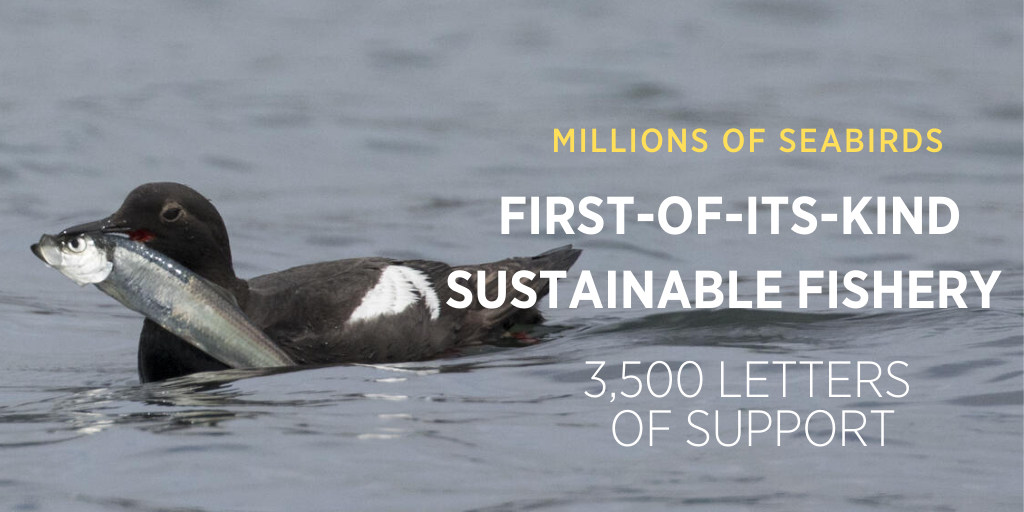
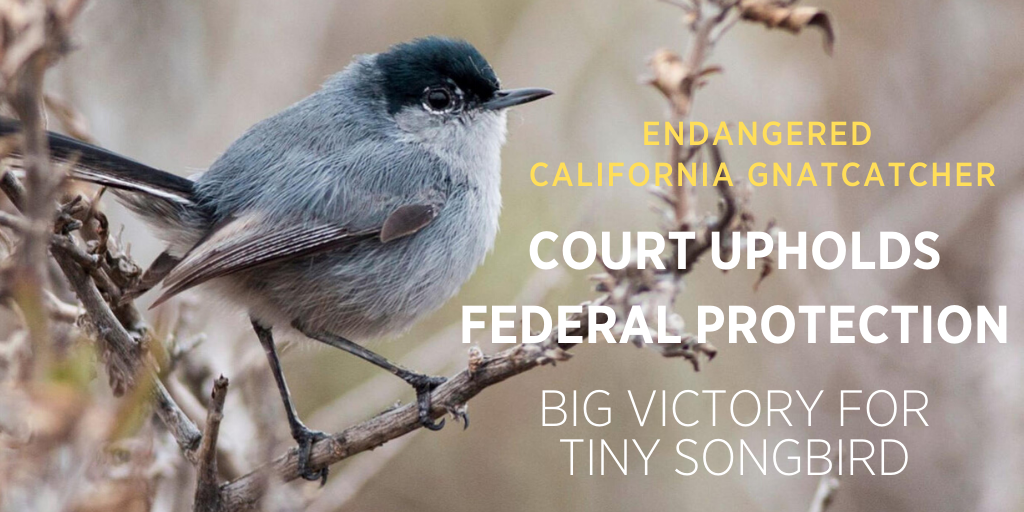




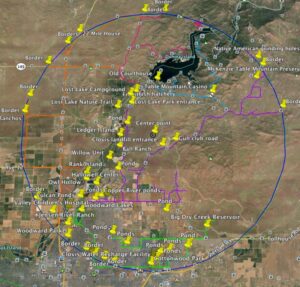



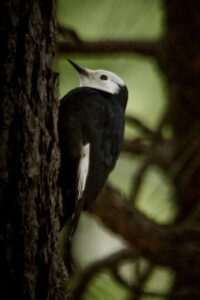
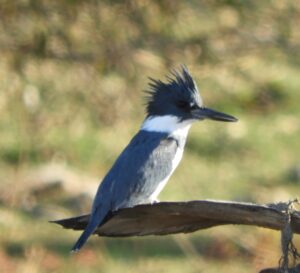
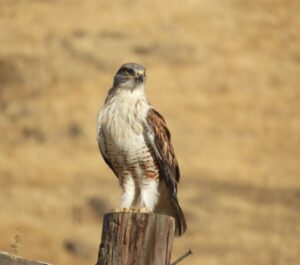
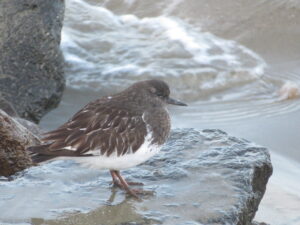
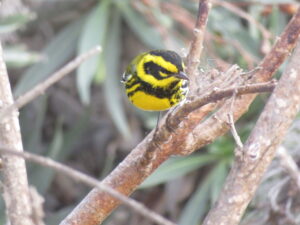
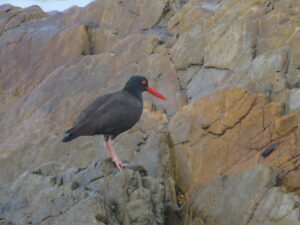
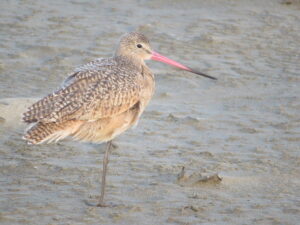
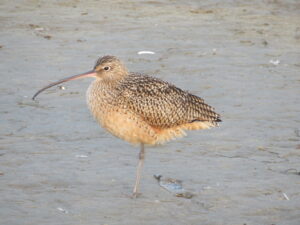


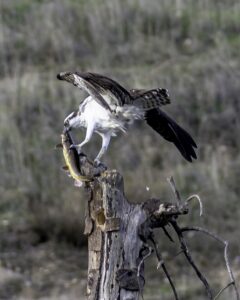
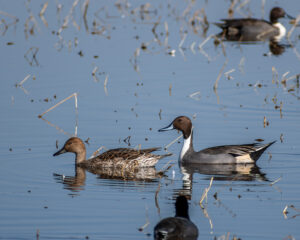

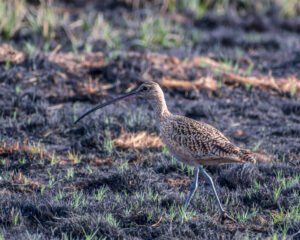
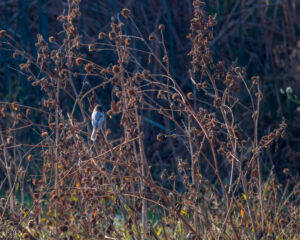
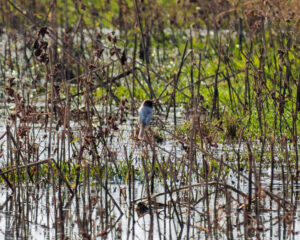
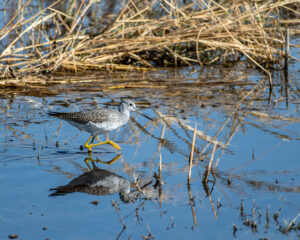
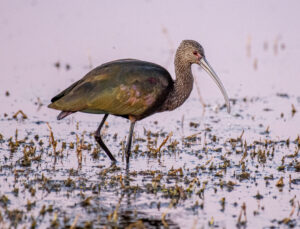
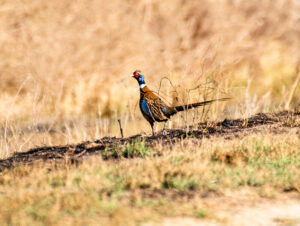
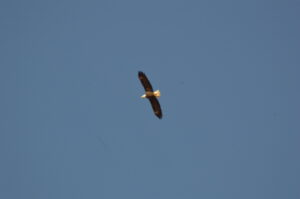
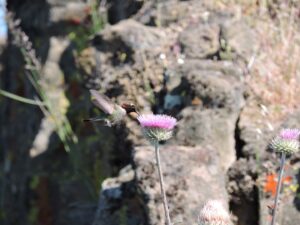
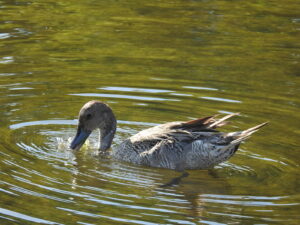
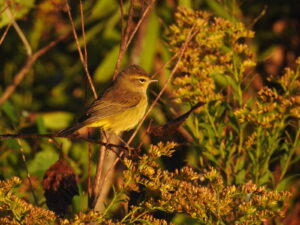
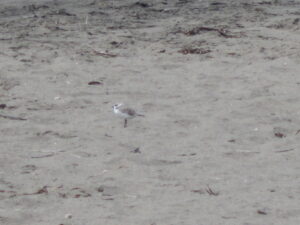
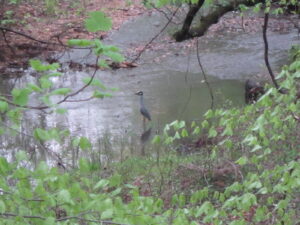
Sorry, the comment form is closed at this time.